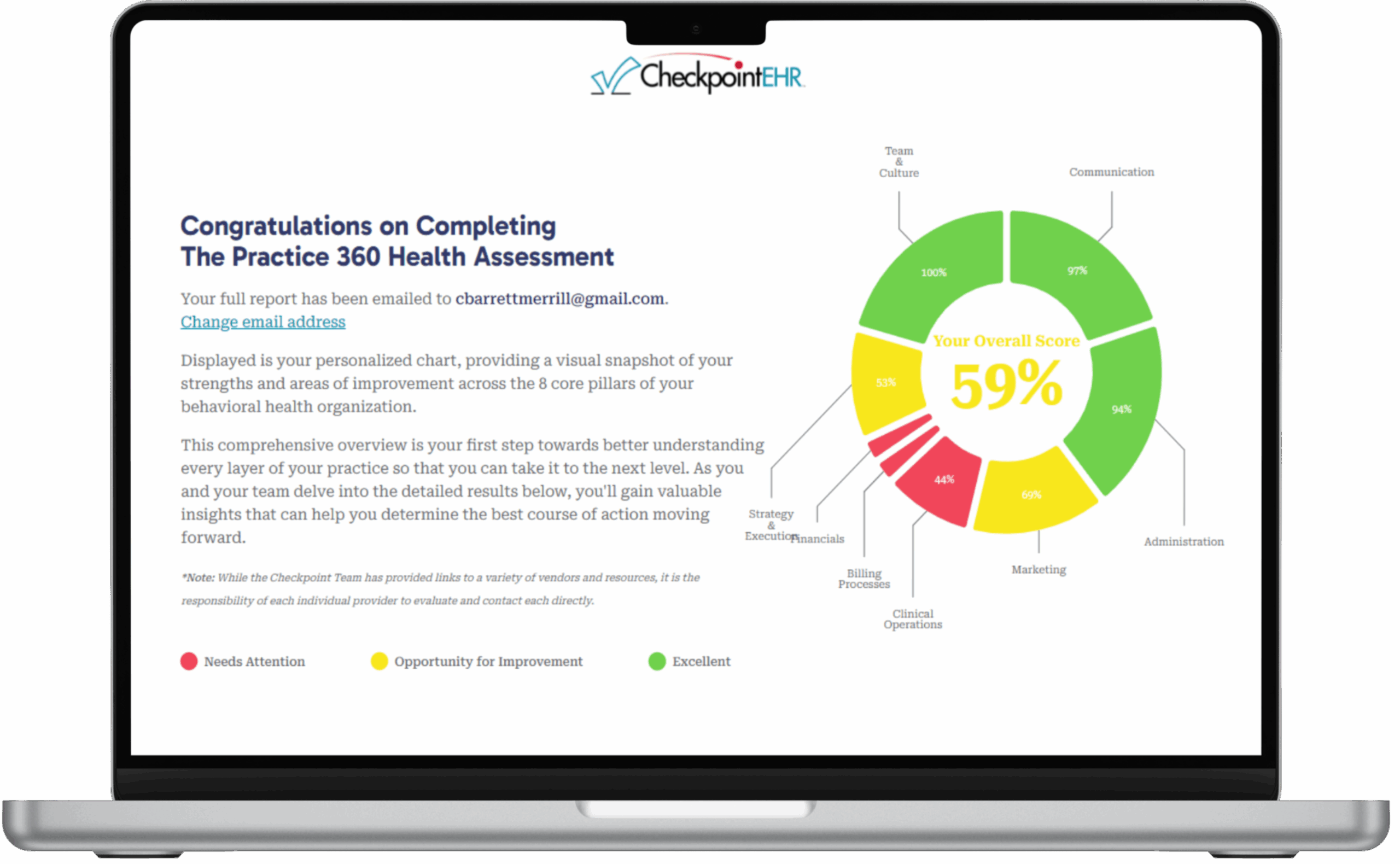Benefits of Using EHR vs. Paper Records

When comparing the benefits of EHR vs. paper records, many aspects should be taken into consideration.
Many healthcare practitioners recognize the benefits of using EHR vs. paper records but have years of paper records already established. This presents a dilemma over the expense of converting paper records to EHRs. In the long run, the cost savings and benefits of EHR vs. paper records make EHRs the superior choice and well worth the investment.
Advantages of EHR vs. Paper Records
Storage Space and Fees
Paper records take up room, and space must be allocated to store them. As paper records grow, many facilities need to buy or rent off-site storage, which can be costly and can present a security liability. If paper records are stored on-site, they take up valuable space that could be used for revenue-generating activities.
EHRs don’t require physical storage space. When a practitioner or facility converts to EHRs, the space that’s saved on-site can be used for other purposes. Any costs associated with storage are also eliminated.
Legibility and Medical Accuracy
Handwritten paper records can be illegible. It’s easier to make a mistake in a patient’s treatment plan when paper records are difficult to read.
EHRs are digital, so there’s no struggle to decipher different handwriting styles. Also, there is less potential for errors regarding patient treatment, because all the information is clear.
Accessibility and Archival Issues
Paper records are vulnerable to being permanently lost or temporarily misplaced. Man hours are required to hunt down any missing files. Natural catastrophes such as fires, hurricanes, tornadoes and earthquakes—or even a break-in—can result in a permanent loss of paper records. EHRs are stored digitally on systems that are backed up for safekeeping.1
Billing Accuracy
When comparing EHR vs. paper records for medical billing, EHRs are more accurate, which can help boost revenue. When EHRs are used as part of a medical billing system, prompts appear when codes are input to suggest commonly used diagnoses.2 Prompts cut down on the use of “unspecified” as a diagnosis. Errors in billing are also detected by the EHR before they’re submitted. More accuracy in billing means fewer rejected insurance claims and increased claim reimbursement.
Clinical Decisions
An EHR system provides clinical decision support for medical professionals. CDS helps healthcare practitioners by providing them with the latest information about drugs, cross-referencing a patient’s allergies to a medication and providing alerts for drug interactions and other potential patient issues that are flagged by the system. Medical knowledge continually grows and changes, so each of these functions gives healthcare professionals the tools they need to deliver care in a safer and more efficient manner.
EHR vs. Paper Records: Usage Trends
EHRs help improve the efficiency of a healthcare provider’s records department by reducing the labor hours needed for record management as well as increasing the overall quality of patient care. EHR providers can help convert and maintain EHR systems, so healthcare providers can more easily benefit from the advantages that using electronic records creates.


